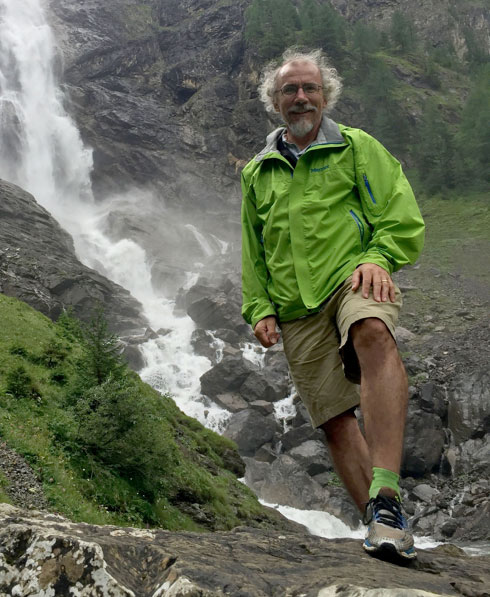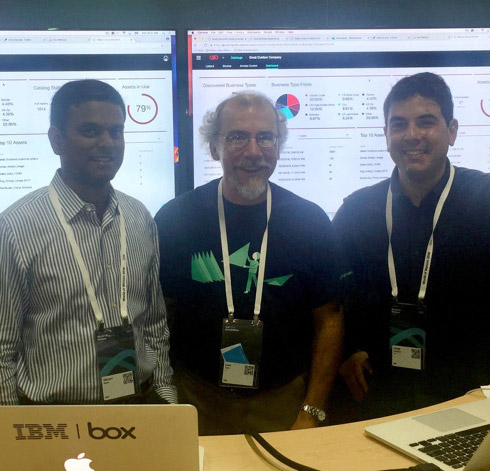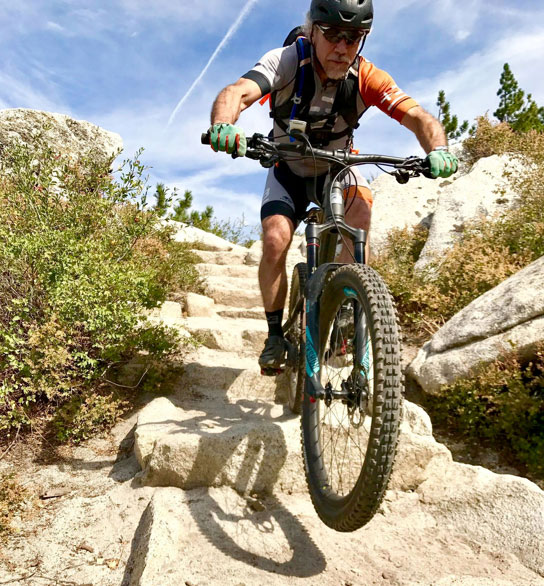What does being an IBM Fellow mean to you?
It’s a huge honor. My first two managers at IBM were both Fellows, and throughout my career I have worked very closely with other IBM Fellows in Almaden and other Research and Development labs. They were great role models. I respected them deeply and they all taught me a lot. Each of them was passionate about technology, making a business impact, and inspiring the technical communities. I’m very excited to apply my own passion to those responsibilities now.
What are you most proud of, personally and/or professionally?
I’ve always been proud of delivering new and innovative solutions and getting them to scale in terms of adoption and impact, making them matter in practice. The entire life cycle of the solution requires constant collaboration, multiple stakeholders, iteration through learning, and feedback from real use. I love collaborating and working with great teams across multiple organizations and that is exactly what I do in my work.
“The intensity of it all made me comfortable being uncomfortable.”


What’s your advice for tackling tough problems?
Don’t get overwhelmed by the gap between the current state and the solution. What problem am I trying to tackle? What mountain do I want to climb? What does my final destination look like? Remember that all mountains are climbed one step at a time, with necessary zigs, zags and compromises. In order to climb any mountain, we have to be agile yet have a sense of urgency. Focus on the details. The details matter. And if you’re not familiar with the details, bring in experts who are to collaborate. Reaching your destination is never a straight line, but if you know the destination and the tactics to get there, you can overcome even the toughest of obstacles.
“Reaching your destination is never a straight line, but if you know the destination and the tactics to get there, you can overcome even the toughest of obstacles.”
Do you have a “passion project”?
I’ve always loved exploring outdoors, mountain biking, running, hiking or skiing. I lead all-day rides from my home in Redwood City to Santa Cruz. I love the thrill of finding new and challenging trails, building and maintaining existing trails, racing each other and having fun outdoor adventures with large groups of friends. During one of my recent adventures, unfortunately, I fell and broke my hip. I’m still recovering but can’t wait to get back out there.
What moment in your life made you see everything in a new way?
At one point I got into motocross racing and was racing in the expert class. I was racing to win, which required a huge amount of training, focus and learning. Not everything played in my favor: I had started later in life, and the intensity of balancing the sport with my workload had me worried. But suddenly I realized that the intensity of it all was exactly what changed my entire mindset about work ethics and focus, risk assessment, getting comfortable being uncomfortable and totally committing to an objective. I realized I could apply this mindset to work and later to other sports and activities. Motocross taught me this lesson and I have applied it everywhere since. I became a better programmer as a result and continued to apply those principles. And today, I am an IBM Fellow.
